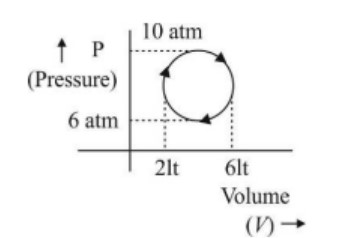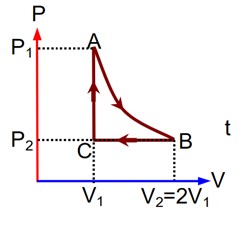Thermodynamics
Get insights from 326 questions on Thermodynamics, answered by students, alumni, and experts. You may also ask and answer any question you like about Thermodynamics
Follow Ask QuestionQuestions
Discussions
Active Users
Followers
New answer posted
2 months agoNew answer posted
2 months agoContributor-Level 10
There are three main processes Isothermal, adiabatic and cyclic process. In isothermal, the system is thermally conductive and the temperature remains constant. In adiabatic process, the system is thermally isolated and there is no change in heat temperature. The system returns to its initial stage in the cyclic process.
New answer posted
2 months agoContributor-Level 10
New question posted
2 months agoNew answer posted
2 months agoContributor-Level 10
In isothermal process, temperature is constant.
In isochoric process, volume is constant.
In adiabatic process, there is no exchange of heat.
In isobaric process, pressure is constant.
New answer posted
2 months agoContributor-Level 10
C (graphite) → C (diamond)
ΔH? = Δ? H° (graphite) - Δ? H° (Diamond) = -832.8 - [-834.8] = 2kJ/mole
Taking an Exam? Selecting a College?
Get authentic answers from experts, students and alumni that you won't find anywhere else
Sign Up on ShikshaOn Shiksha, get access to
- 65k Colleges
- 1.2k Exams
- 679k Reviews
- 1800k Answers


